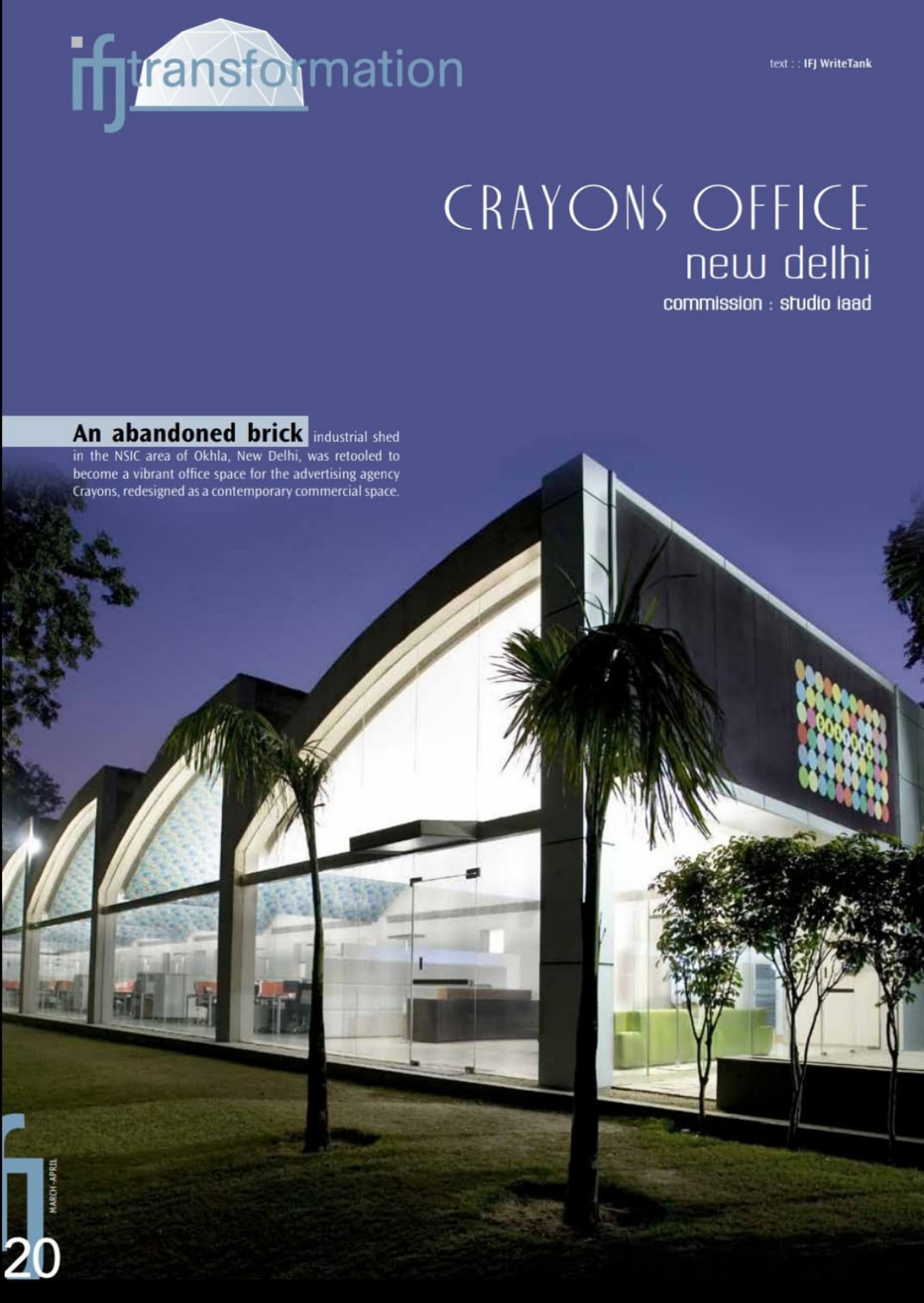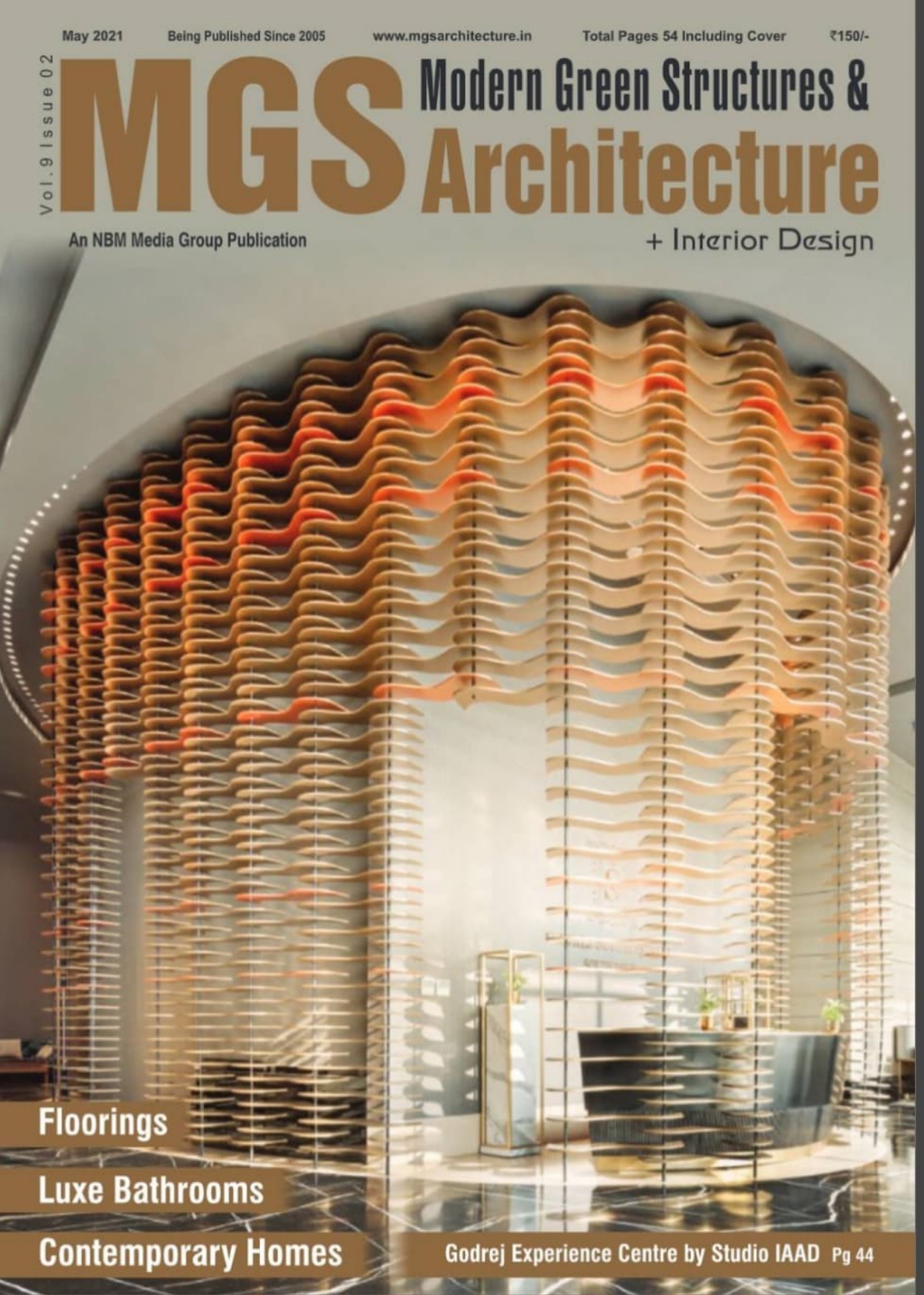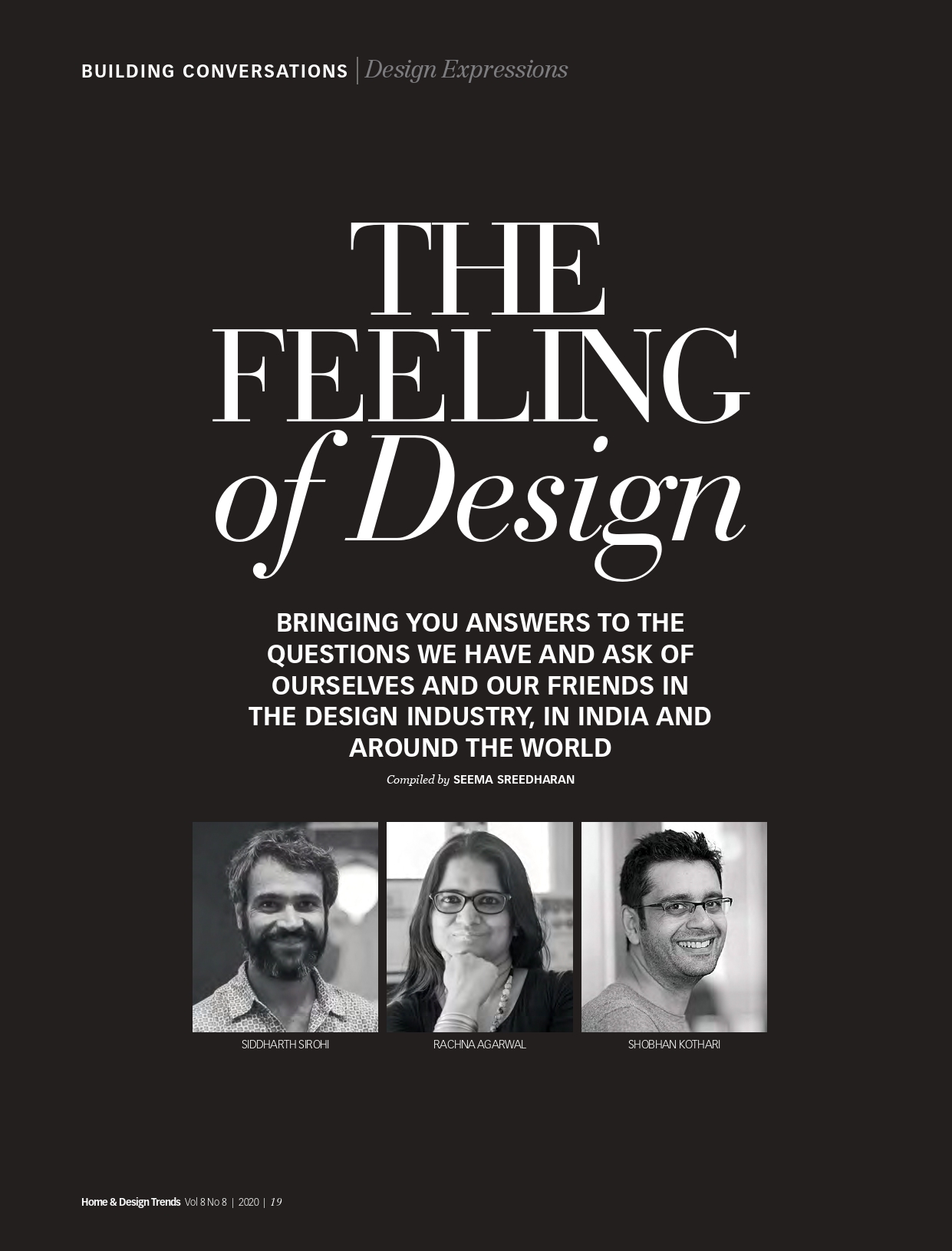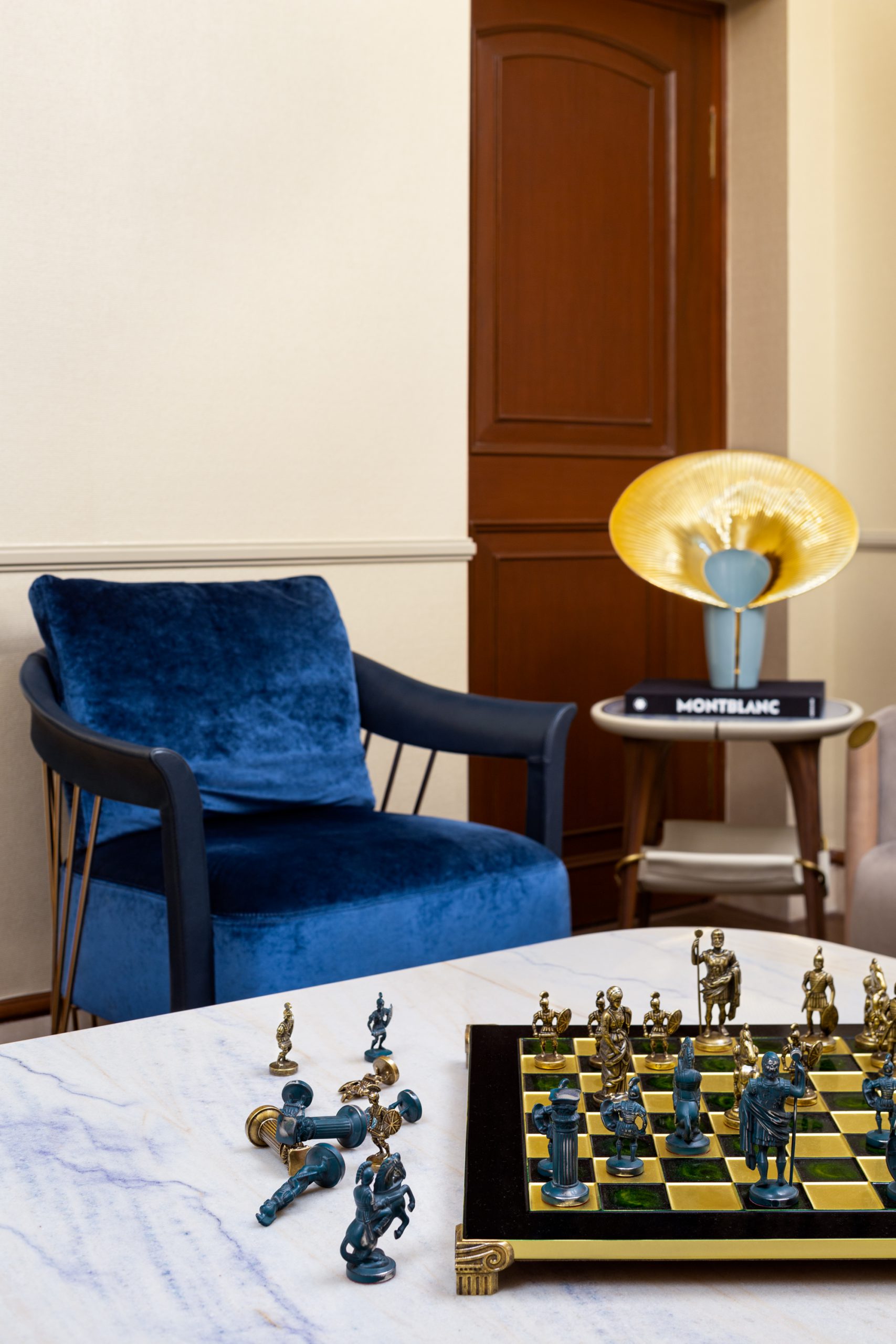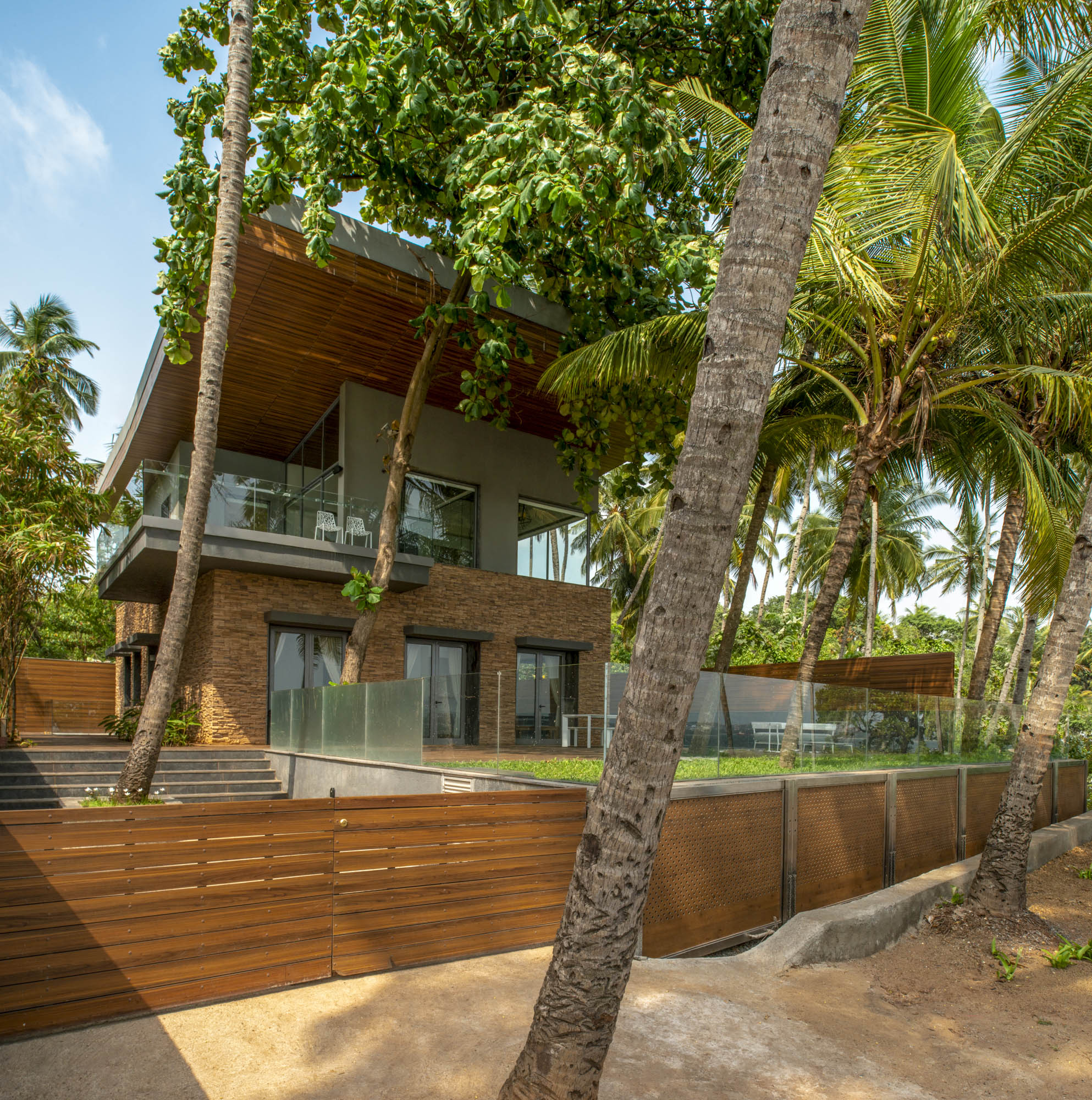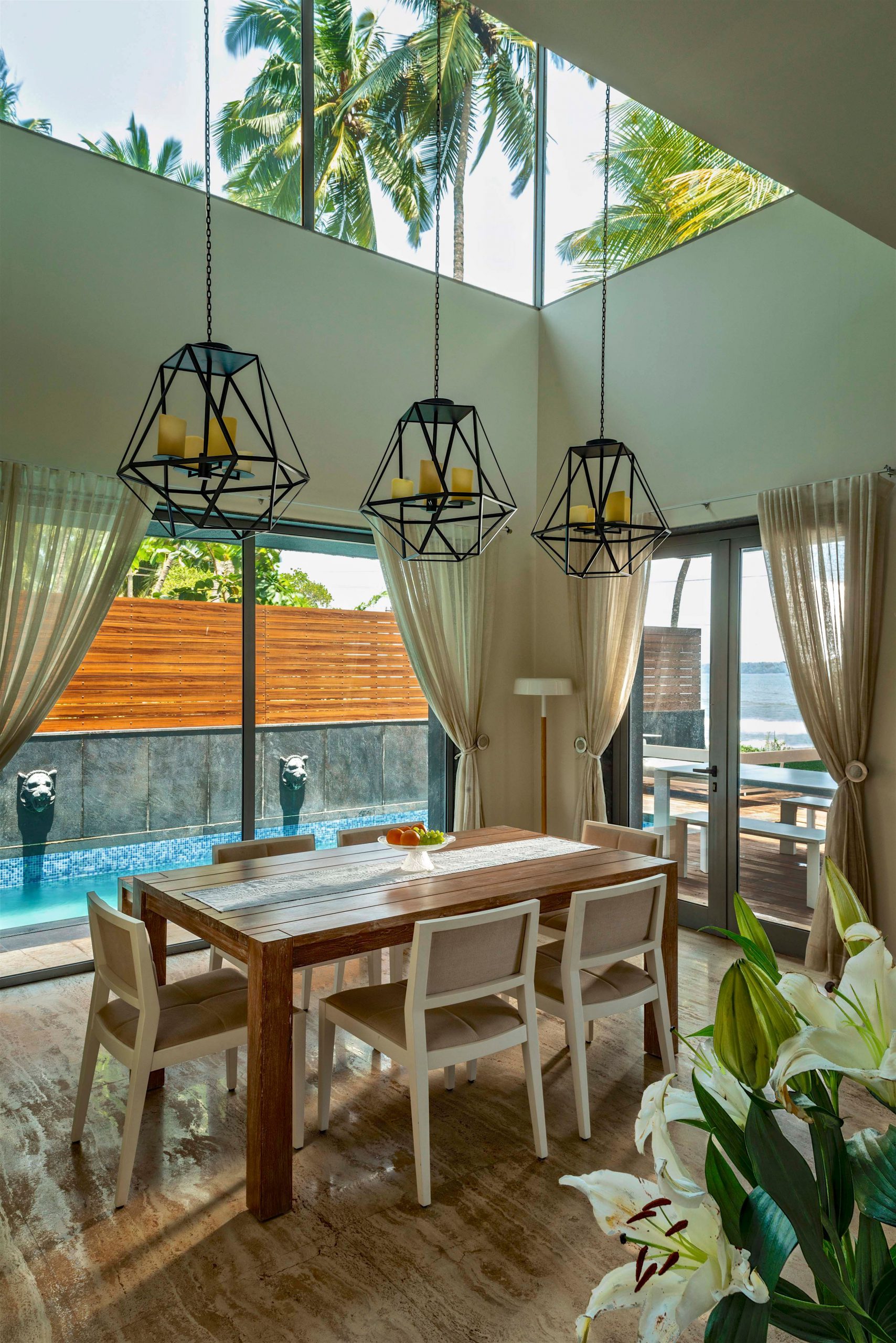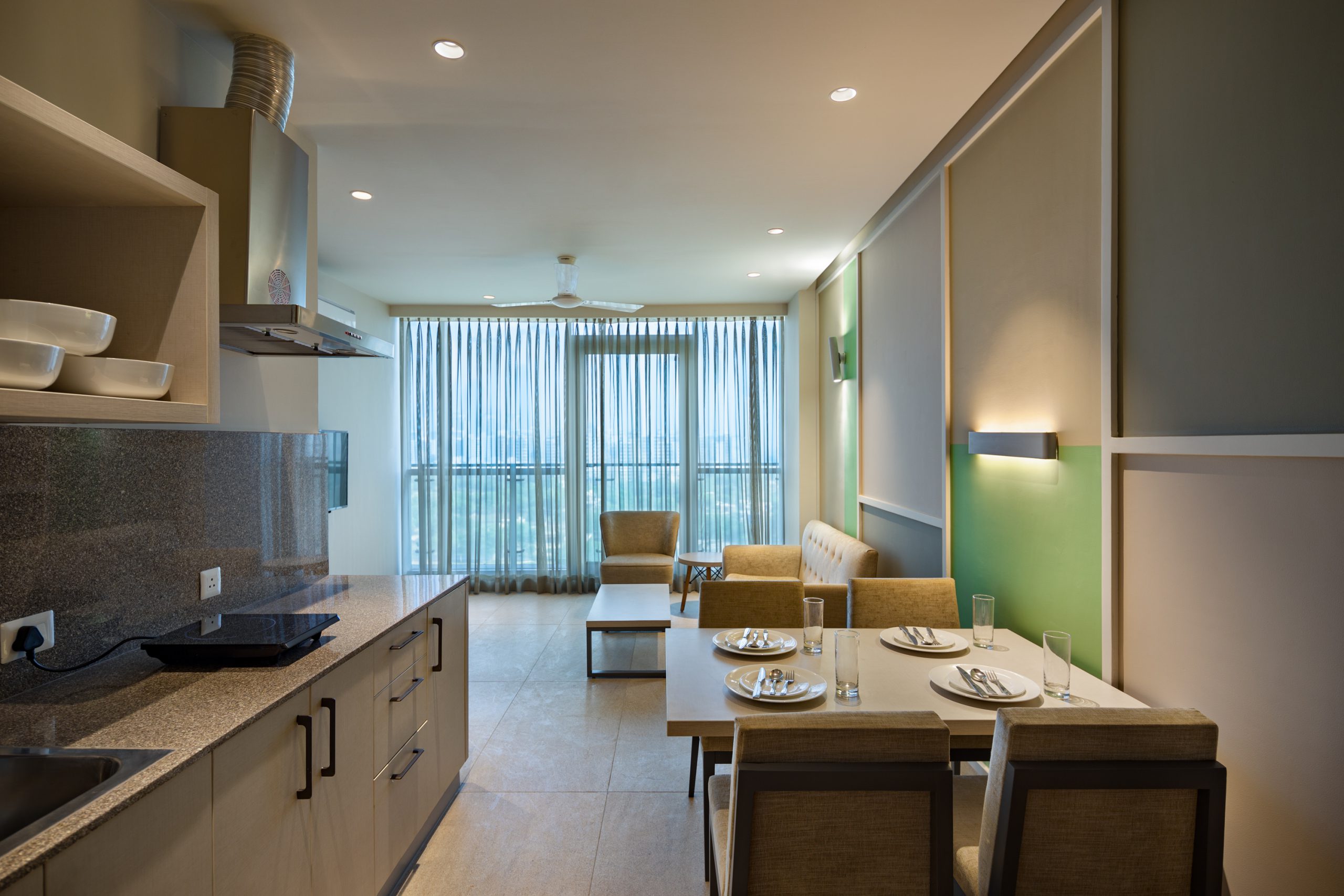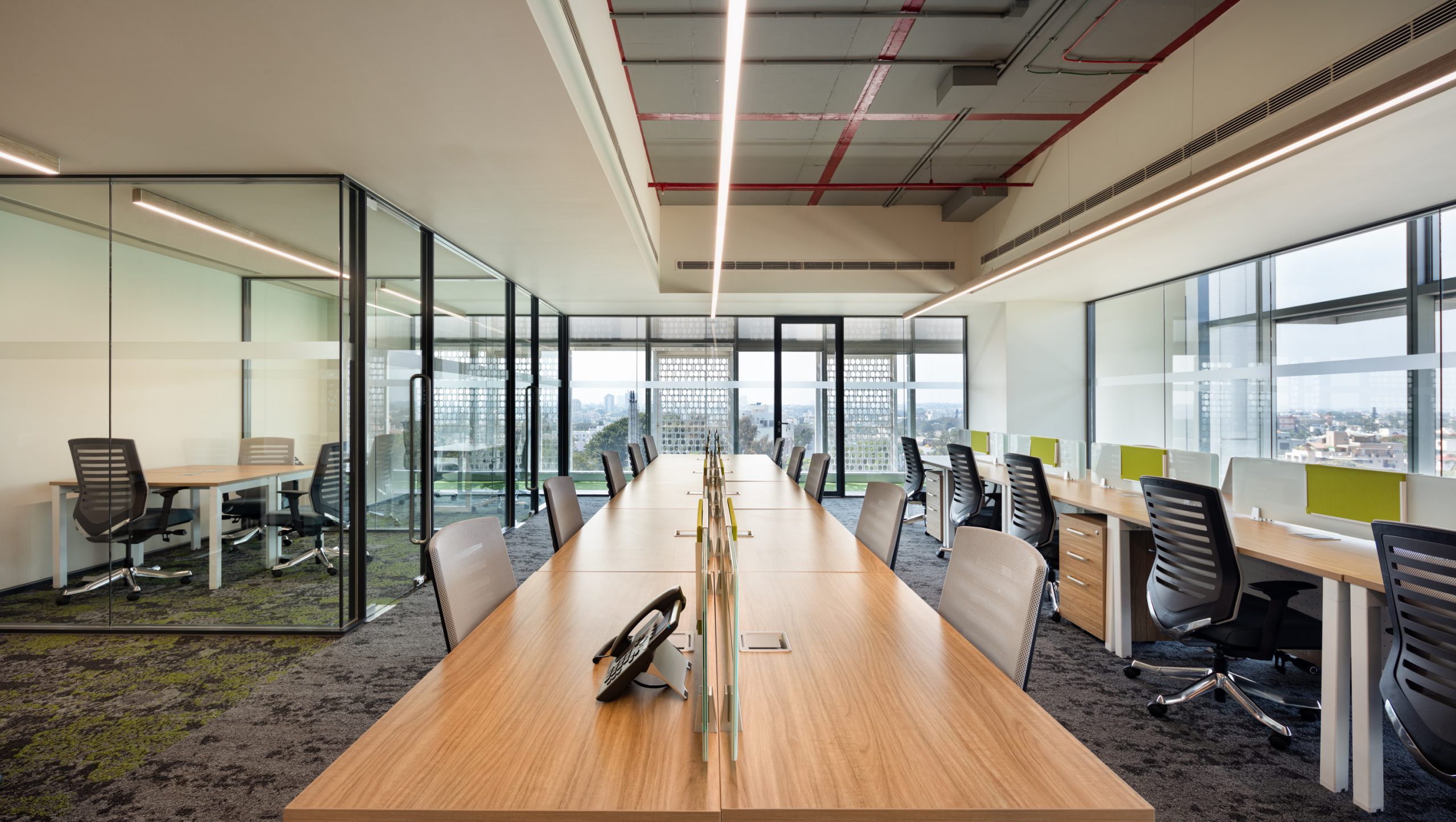
Why collaborative flexi-spaces are here to stay?
Blog 19
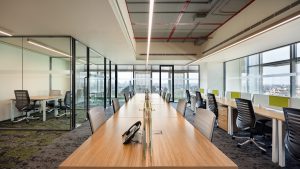
Even as the future of workspaces is being debated and speculated, it’s clear that gone are those days of come, show up, get done, go home and repeat. In the new normal, workplace design grammar is conducive to productivity and reiterates work as a collaborative, constantly in-process interaction. With creativity and innovation, we can set up spaces that foster a collaborative environment.
That’s where flexi-spaces come into play as they accommodate the changing world’s varied shifting needs. These spaces comprise malleable, movable and multi-purpose interiors that adapt to the evolving needs and are key elements of flexi-spaces. Additionally, they help companies save money on office spaces without compromising company growth and productivity. Workspace design philosophy should be centred around seamlessly blending function, aesthetics, and evolving design paradigms to fulfil the clients’ visions best.
For instance, most workspaces are now shifting from the paradigms of restrictive cubicles to open layouts, facilitating interaction, knowledge transfer and a more productive work environment. In addition, a layout with compartmentalisation in some areas, wherein parts of the office are demarcated, enables downsizing or partial functioning in urgent, unprecedented times.
Flexi-spaces also provide a multifunctional design narrative that helps optimise space with restricted square footage. It’s smart to merge technology, functionality and aesthetics with feasible solutions like vertical storage, folding furniture and similar multi-purpose elements. Moreover, the office can operationally segregate them into modules, thus accelerating productivity.
An agile approach towards architecture and design creates innovative, configurable, functional spaces that meet the occupant’s requirements. For example, easy-to-move mobile space dividers facilitate collaborative work areas with the flexibility to bring in natural light and ventilation. It’s a refreshing way to imbue biophilia in the workspace.
Redundant walls are being replaced by moveable screens & glass partitions that permit a small space to accommodate the need for privacy and separation in offices, which is critical for health and hygiene purposes. In addition, flexi-spaces integrate ergonomics with height-adjustable workstation tables, comfortable chairs, right line of vision, etc., that help boost productivity.
Even as the world recovers from the pandemic, employers and employees are more conscious of their surroundings and the spaces they interact in. With flexi-spaces offering multifunctional zones with employee well-being at the nucleus, one can ensure that employees have more than one reason to come to work.
